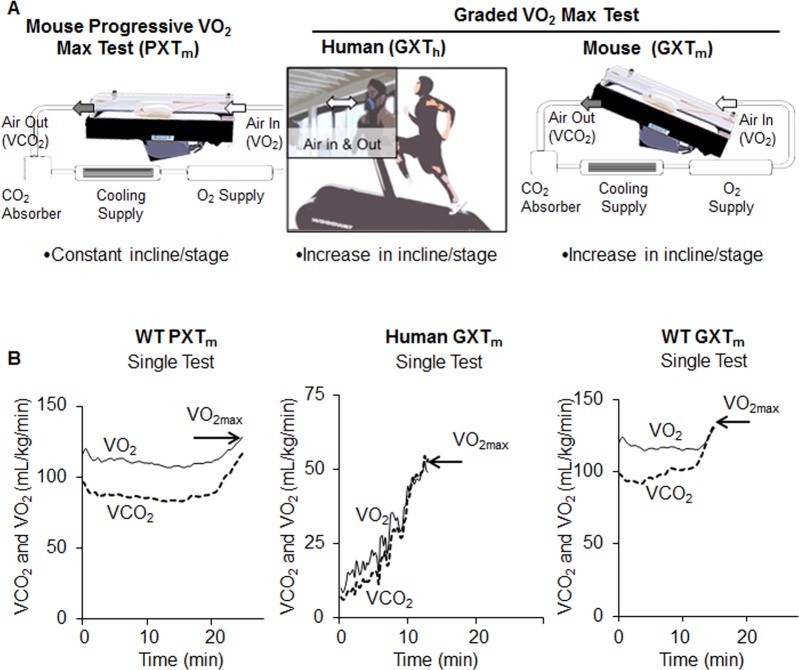Fig 1. Description of exercise testing in mice and men.
(A) Schematic description of exercise testing in mice and men. The PXTm maintains fixed inclination (0°) while speed increases until the test is terminated (Table 1). Training in mice was done on a chamber-enclosed treadmill that allowed it to function as an open circuit indirect calorimeter; and thus, allowed for derivation of VO2 and VCO2 values. With the GXTm (middle) and GXTh (right), speed and incline simultaneously increased as stages progressed (Table 1). (B) Human and mouse tests used indirect calorimetry to measure VO2 (solid line) and record VO2max as well as measure CO2 (dashed line). Mouse and man tests were randomly selected from WT males (n = 7) and healthy men (n = 6) and used for derivation of all parameters (all data are shown in S1 and S2 Figs). During maximal exercise testing both species have similar responses (RER, lactic acid formation, fuel utilization, O2 use, heart rate, speed, exhaustion). In the GXTm, and GXTh. at VO2max, VCO2 intersected or surpassed VO2, and was a parameter of a positive test (as RER >1.0, middle and right panel). In the PXTm, VO2max did not fulfill this criterion (left panel).

